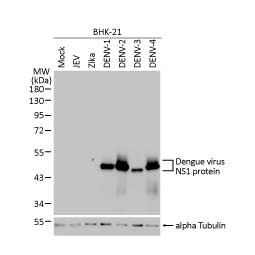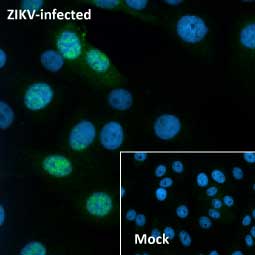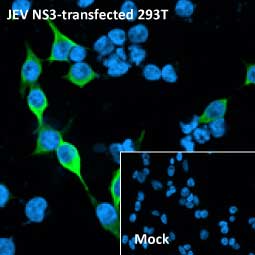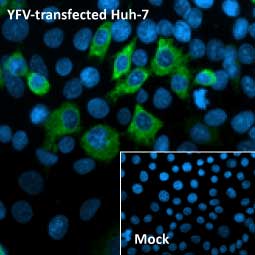Flavivirus Transmission is Enhanced by Mosquito Salivary Sphingomyelins
 |
Flaviviruses, including dengue virus (DENV), Zika virus (ZIKV), and West Nile virus (WNV), are arthropod-borne viruses that pose major global health threats. Transmitted through the bite of infected mosquitoes, initial viral replication occurs in the skin. Mosquito saliva is known to facilitate this process by modulating the local immune environment, primarily through salivary proteins. However, the contribution of salivary metabolic transmission enhancers has remained less clear.
A recent Cell Metabolism study by Medkour et al. reports that sphingomyelins (SMs) in mosquito salivary extracellular vesicles (EVs) are potent enhancers of flavivirus transmission (1). Once internalized by skin cells these lipids alter endoplasmic reticulum (ER) membrane composition, effectively suppressing ER-associated degradation (ERAD) that would otherwise counter viral protein accumulation. This effect is directly associated with alteration of the cell lipidome by the EV lipids. Mouse model data revealed that co-inoculation of virus with SMs significantly exacerbated West Nile virus disease severity in a dose-dependent manner, underscoring the clinical relevance of these findings. In conclusion, the authors identify salivary SMs as non-immunogenic metabolic enhancers of early skin infection and highlight them as potential targets for broad-spectrum antivirals against pathogenic flaviviruses.
GeneTex’s well-cited Dengue virus NS3 protein antibody (GTX124252) was used for translation assays in this study. GeneTex offers an outstanding catalog of antibodies for infectious disease research. To learn more, please explore our product flyers and posters for infectious disease and visit the GeneTex website.
|
Highlighted Products |
|
|
|
|
||||||||||||||||
Reference:
1. Cell Metab. 2025 Jul 1;37(7):1601-1614.e11. doi: 10.1016/j.cmet.2025.05.015. Epub 2025 Jun 20.



